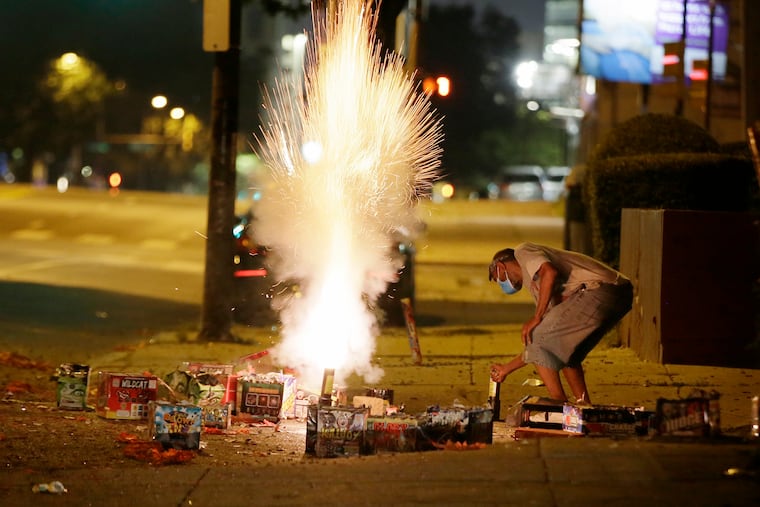Fireworks injuries hit 20-year high during pandemic
With the cancellation of professional pyrotechnics displays due to COVID-19, consumers likely set off more of their own.

With the cancellation of professional pyrotechnics displays due to COVID-19, consumers likely set off more of their own.
